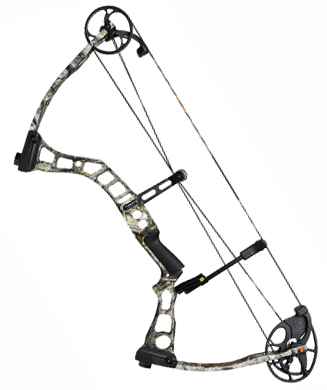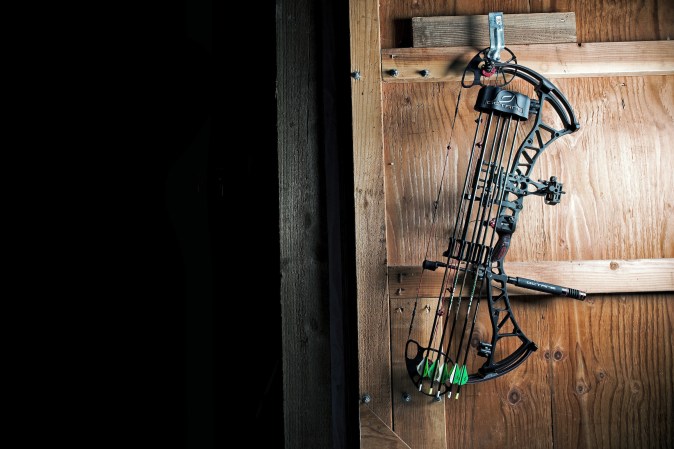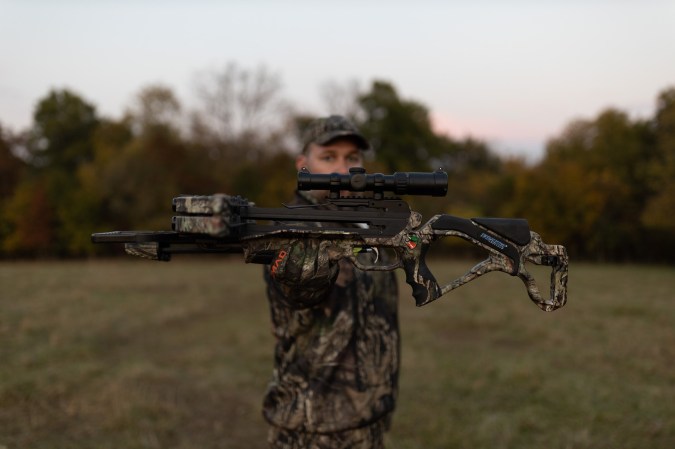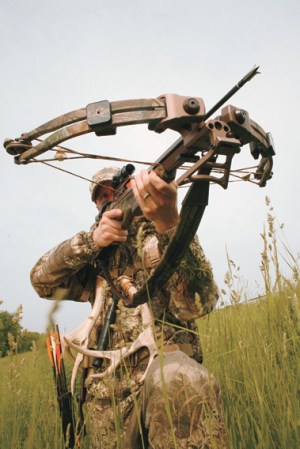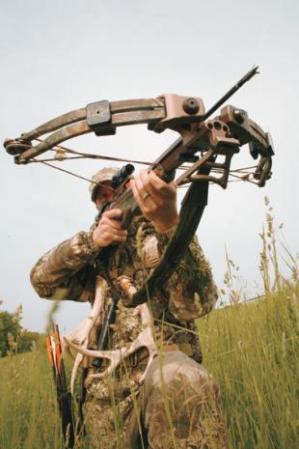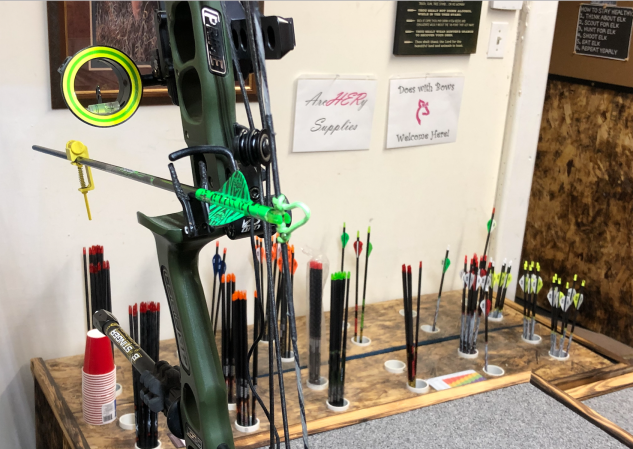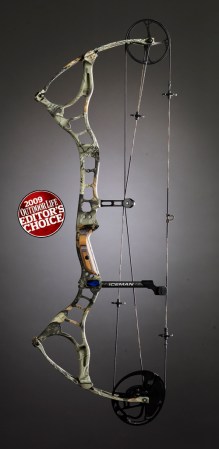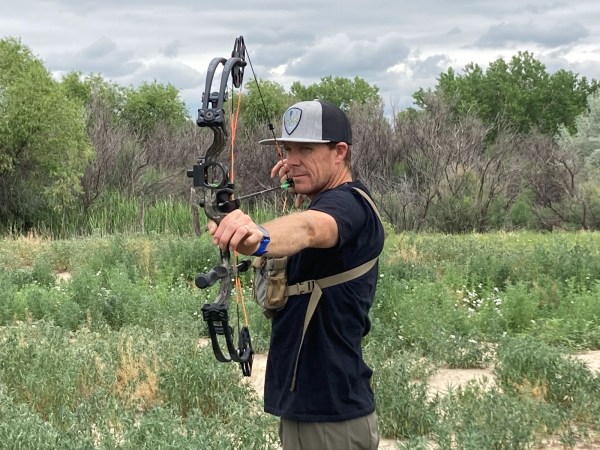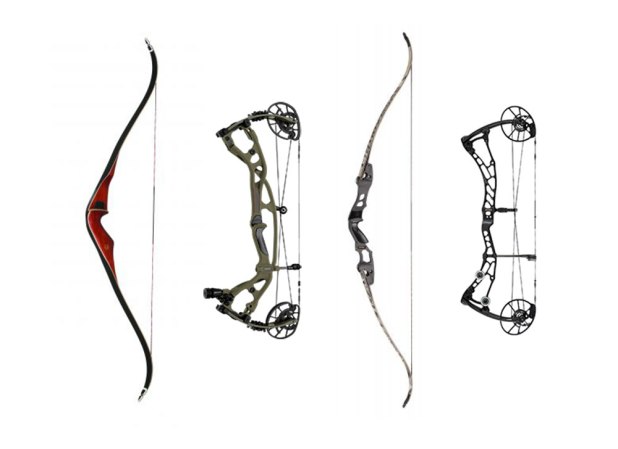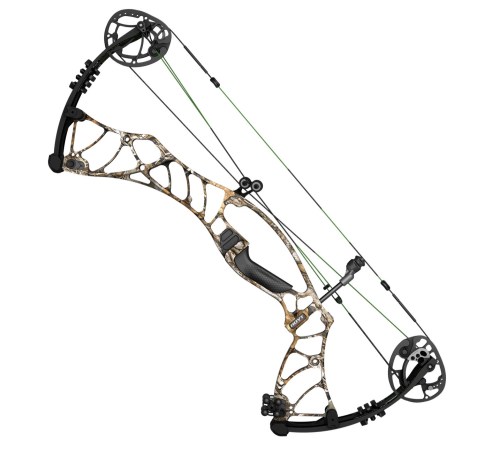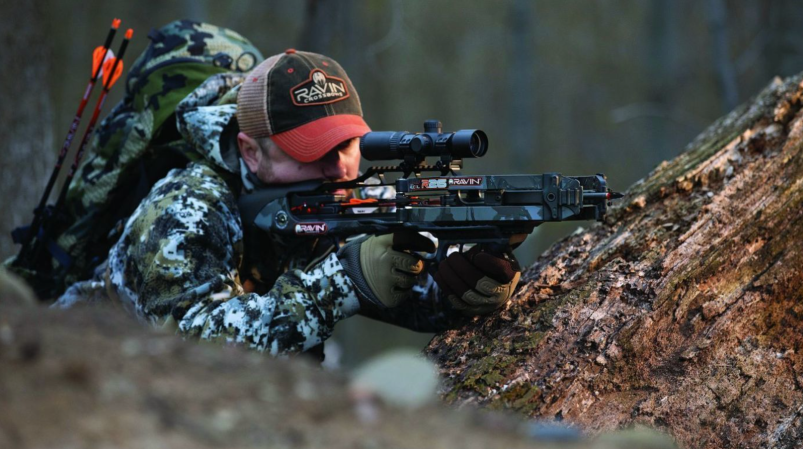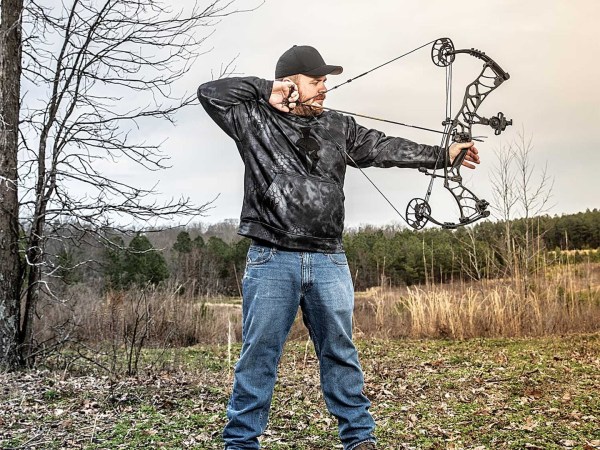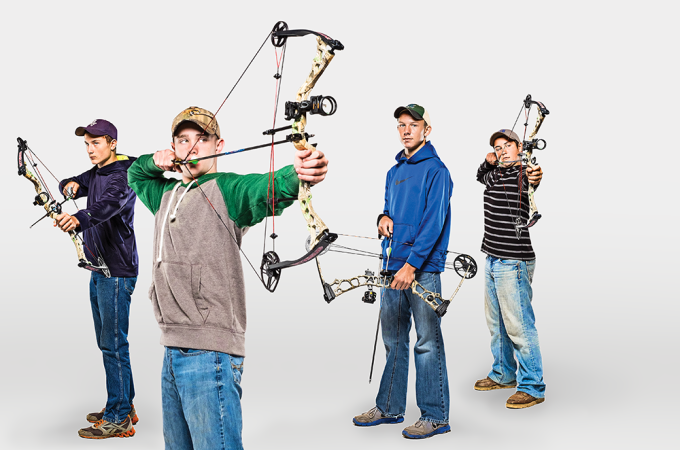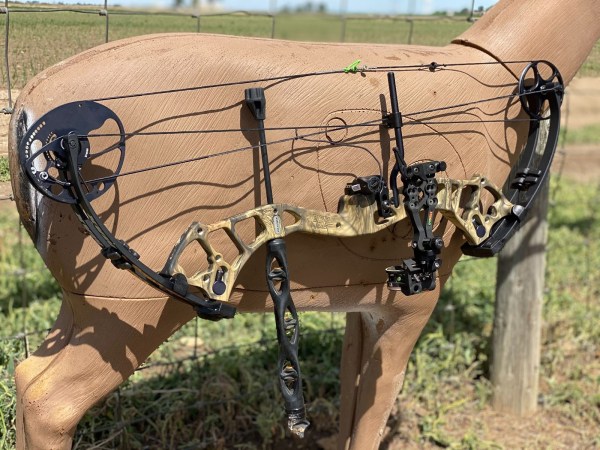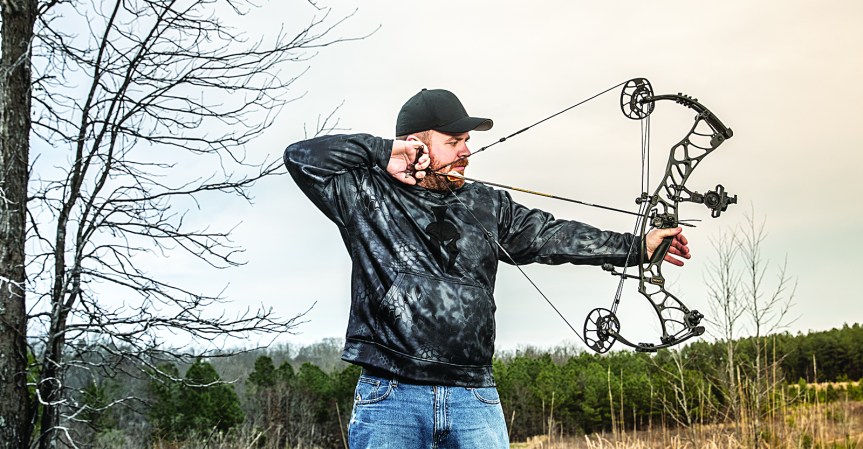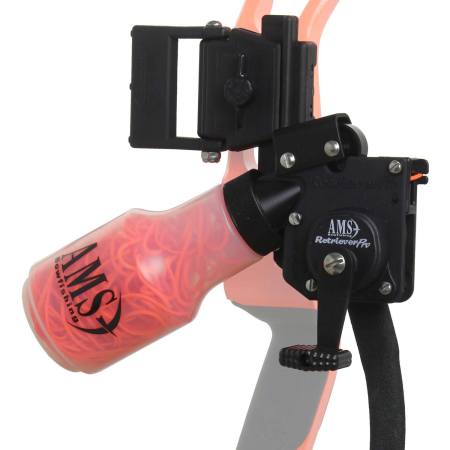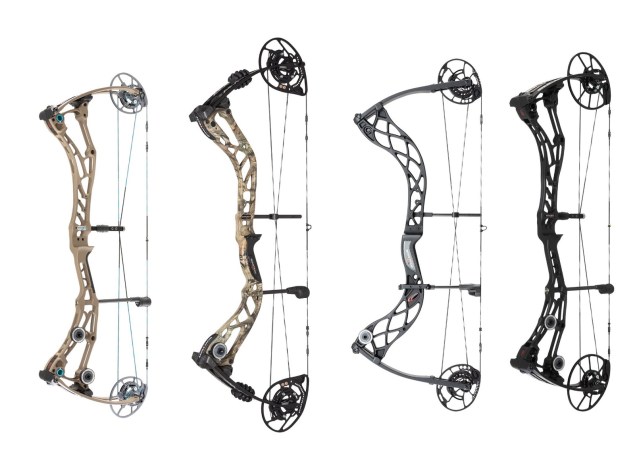We may earn revenue from the products available on this page and participate in affiliate programs. Learn More ›
Just getting into the crossbow game? Here’s an insider’s guide to the anatomy of a crossbow. Check out this review of what features differentiate a high-end bow from a mediocre one.
Riser: Typically constructed of machined or cast aluminum onto which the limbs are mounted. High-end bow risers are CNC machined from extrusions or solid billets, while lesser quality risers are cast.
Arrow Track: Also called the barrel or flight track. It is the physical structure that the arrow rests on and travels down when the bow is triggered. The more precise the construction, the more accurate the delivery of the arrow downrange.
Draw Weight: Reported in pounds, it refers to the amount of pull required to flex the limbs into the ready-to-fire position. Poundage’s vary greatly, typically the higher the draw weight, the faster the arrow speed.
Power Stroke: The physical distance, measured in inches, the string travels from its at-rest to cocked position. Long power stroke bows are generally faster than their shorter counterparts as they have a greater distance along which to accelerate the arrow.
Limbs: Stores kinetic energy that the cams (or eccentrics) transfer when the bow is drawn. Limbs vary in style, from split to solid–each providing unique advantages.
Cam System (eccentrics): The cams or wheels on the limb tips which load energy into the limbs. A bow’s mechanical efficiency (i.e., energy-input versus energy-output) is directly correlated to the cam system’s efficiency.
Cocking Device: Affords the user a mechanical advantage when cocking heavy draw weight bows. Some devices are simple rope and pulley combinations, while others involve integrated hand-cranking devices.
